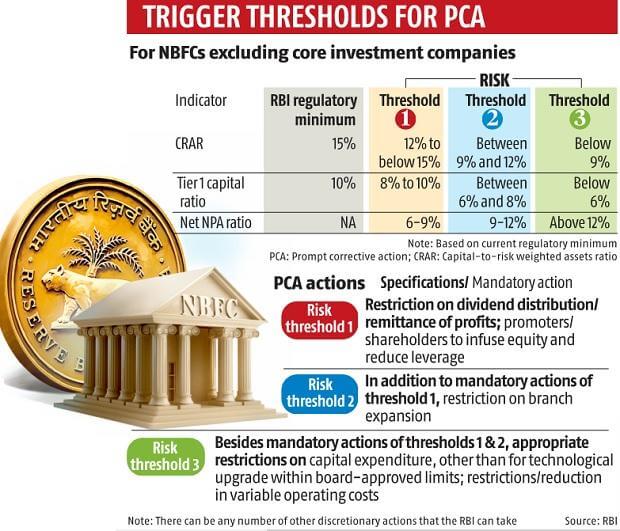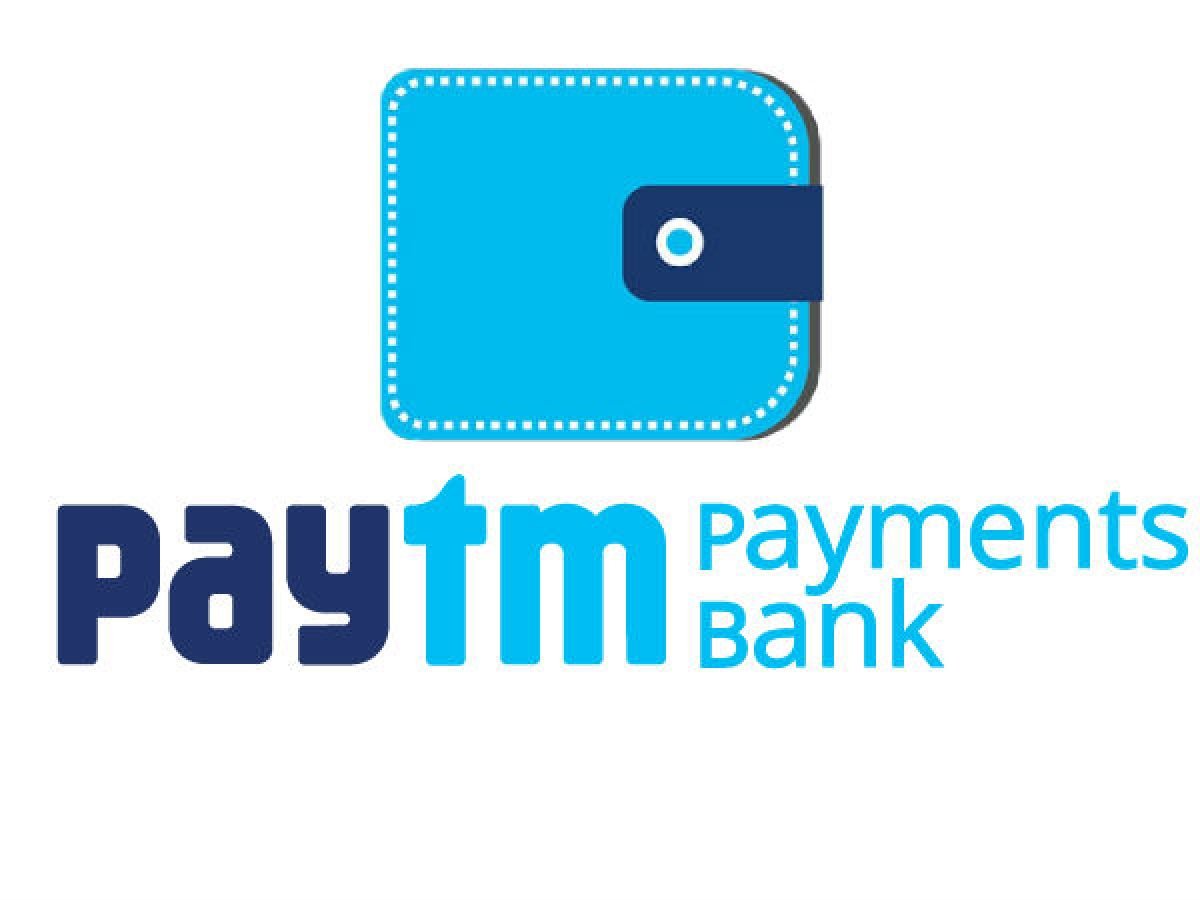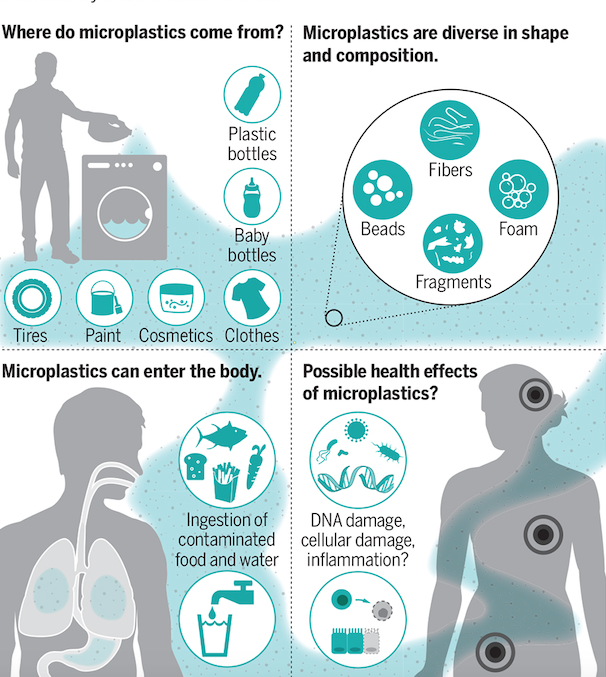
RBI’s Prompt Corrective Action (PCA) Framework
Subscribe to Never Miss an Important Update! Assured Discounts on New Products!
Must Join PMF IAS Telegram Channel & PMF IAS History Telegram Channel
Prompt Corrective Action (PCA) for Government NBFCs
- Context (MINT I HBL): RBI has decided that the Prompt Corrective Action (PCA) framework will apply to Government NBFC except those in the base layer with effect from October 1, 2024.
|
- The RBI PCA considers banks risky if they fall below certain thresholds on three parameters:
- Asset Quality / Non-Performing Assets (NPAs)
- Capital (BASEL Capital Adequacy Ratio (CRAR))
- Leverage (BASEL Tier 1 Capital Ratio)
| Indicator | Risk Threshold-1 | Risk Threshold-2 | Risk Threshold-3 |
| CRAR | <15% but ≥12% | <12% but ≥9% | <9% |
| Tier I Capital Ratio | <10% but ≥8% | <8% but ≥6% | <6% |
| NNPA Ratio | >6% but ≤ 9% | >9% but ≤12% | >12% |
- The RBI can invoke a corrective action plan in breach of the risk thresholds.
Non-Performing Assets (NPAs)
BASEL Capital Adequacy Ratio
BASEL Tier 1 Capital
|

Prompt Corrective Action (PCA) Framework
- The PCA Framework, established by the RBI in 2002, ensures the stability of banks and NBFCs.
- In 2022, it was extended for most NBFCs, excluding government NBFCs.
- Now, the PCA framework applies to:
- All Scheduled Commercial Banks except Regional Rural Banks, Payment Banks, and Small Finance Banks.
- Most NBFCs, including government NBFCs.
- PCA allows timely supervisory intervention and requires entities to implement remedial measures to restore financial health.
Historical Perspective
- 2002: RBI Governor Bimal Jalan introduced PCA for Scheduled Commercial Banks, excluding Regional Rural Banks (RRBs).
- 2018: NABARD implemented a separate PCA framework for RRBs with its own set of regulations.
PCA Classification
- NBFCs are categorised into Risk Categories 1, 2, or 3 (The higher the number, the higher the risk), based on their capital, loan-asset quality, and other factors.
Corrective Actions (depending on the risk threshold)
- Banks receiving Strict Warnings.
- Deeper Audit and supervision.
- Restrictions on Directors’ Salaries and Dividends.
- Branch Expansion and Lending Operations Restrictions.
- Requiring promoters/shareholders to infuse equity and reduce leverage.
- Mergers or Shutdown: Under the Banking Regulation Act of 1949.
Whitelisting
- Banks in the PCA list can be removed from it by improving their Non-Performing Assets (NPAs), enhancing capital adequacy, and increasing profitability.
Supervisory Action Framework (SAF) for Urban Co-operative Banks
Regulations Review Authority (RRA 2.0)
|




![PMF IAS Environment for UPSC 2022-23 [paperback] PMF IAS [Nov 30, 2021]…](http://pmfias.b-cdn.net/wp-content/uploads/2024/04/pmfiasenvironmentforupsc2022-23paperbackpmfiasnov302021.jpg)











